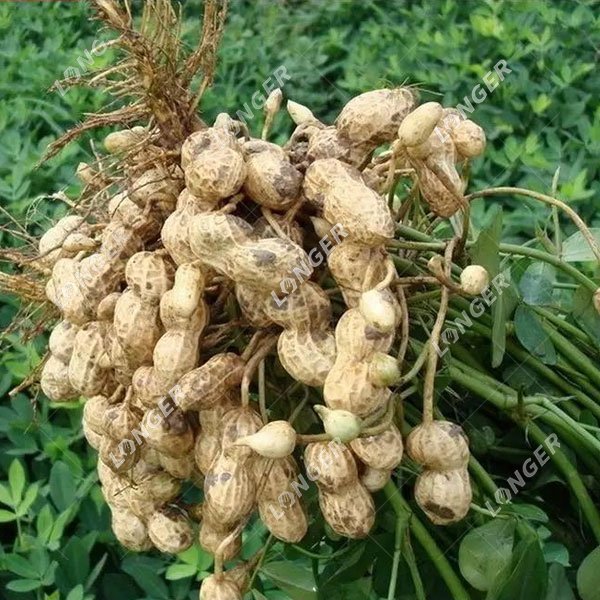How Do You Process Peanuts After Harvesting?
- Release Lime: Nov 23 2023
- Source: admin
Processing peanuts after harvesting is a crucial step in bringing this versatile legume from the fields to our tables. Peanuts undergo a series of carefully orchestrated steps to ensure they are safe, flavorful, and ready for various uses, from peanut butter to oil and snacks. Let's delve into the intricate process of post-harvest peanut processing.
1. Harvesting:
The peanut processing journey begins with harvesting. Farmers typically wait until the peanuts are mature, which is signaled by the yellowing of the plant. The peanuts are then pulled from the ground using specialized equipment, leaving them attached to the vines.


2. Drying:
After harvesting, the peanuts must undergo a drying process to reduce their moisture content. This is a critical step to prevent mold growth and ensure the peanuts' stability during storage. Farmers often use mechanical dryers or allow the peanuts to dry naturally under the sun. Proper drying helps enhance the peanuts' flavor and extends their shelf life.
3. In-Field Shelling:
Once the peanuts are sufficiently dry, the next step is in-field shelling. This involves separating the peanuts from their shells while still in the field. Modern equipment accomplishes this task efficiently, saving time and labor compared to manual methods. Shelled peanuts are then collected for further processing.
4. Cleaning and Sorting:
Cleanliness is paramount in the processing of peanuts. The harvested peanuts may contain foreign materials like rocks, dirt, or plant debris. The cleaning process involves passing the peanuts through screens and air currents to remove these impurities. After cleaning, the peanuts are sorted based on size, ensuring uniformity in the final product.
5. Blanching and Peeling:
Blanching is a step that involves exposing peanuts to boiling water or steam for a brief period, followed by rapid cooling. This process helps in loosening the peanut skins, making them easier to remove during subsequent stages. Peanut peeling machine can quickly peel the red skin. Blanching also contributes to the development of the peanuts' unique flavor profile.
6. Roasting:
Roasting is a key step in enhancing the flavor of peanuts. This process not only brings out the rich, nutty taste but also contributes to the development of the desirable brown color. Roasting can be done using dry heat or hot oil, depending on the desired end product. The duration and temperature of roasting play a crucial role in determining the final flavor and texture of the peanuts, so a peanut roasting machine with precise temperature control is very important.
7. Grinding:
For those familiar with peanut butter, this step is particularly important. Roasted peanuts are ground to a smooth or crunchy consistency, depending on the product specifications. The grinding process releases the natural oils present in peanuts, contributing to the creamy texture of peanut butter.
8. Packaging:
The final stage involves packaging the processed peanuts for distribution. Whether it's peanut butter, roasted peanuts, or peanut oil, proper packaging is essential to maintain freshness and prevent contamination. Packaging also includes labeling with nutritional information and safety instructions.
In conclusion, the journey from peanut plant to the products we love involves meticulous steps to ensure quality and safety. Each stage in the post-harvest processing of peanuts plays a vital role in delivering the delicious and nutritious end products we enjoy in various forms. Whether as a spread on bread, a crunchy snack, or an essential cooking ingredient, the processing of peanuts is a fascinating blend of science and craftsmanship that brings this humble legume to our tables.
If you want to know more about peanut processing information and related peanut processing equipment, please contact us.
If you want to know more about peanut processing information and related peanut processing equipment, please contact us.
Email: serena@machinehall.com
WhatsApp/Mobile: +8615515597212

 0086-15515597212
0086-15515597212 serena@machinehall.com
serena@machinehall.com



 Your Location:
Your Location: